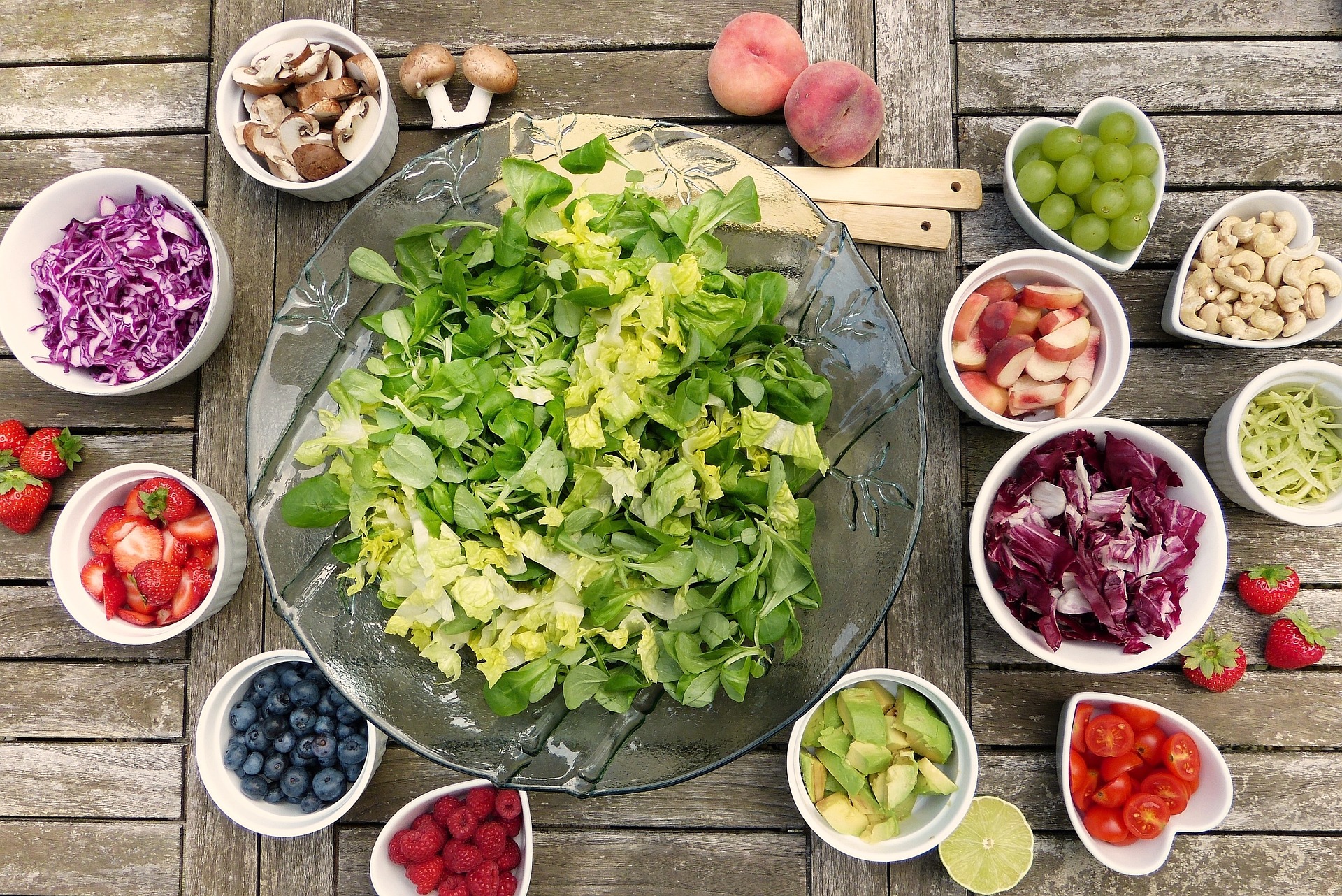# Discovering the Gastronomical Delights of Moroccan Cuisine
A melting pot of Arab, Berber, and French cultures, Moroccan cuisine offers a unique blend of flavors. This article explores the rich culinary traditions of Morocco and introduces readers to some innovative ways to enjoy Moroccan dishes.
A Journey into Moroccan Culinary Landscape
An integral part of Moroccan culture, the cuisine of the country is steeped in tradition and marked by a plethora of spices, herbs, and intricate cooking methods. Known for its colorful presentation and aromatic flavors, it is a journey for your senses that begins with the subtle scent of spices, continues with the visually appealing presentation, and culminates in an explosion of flavors.
The Cornerstone of Moroccan Cuisine: Spices & Aromatics
Spices and aromatic herbs form the backbone of Moroccan cuisine. The spice blend ras el hanout, which translates as ‘head of the shop’, is a unique mixture of up to 30 different spices, used in many traditional dishes. Another key ingredient is preserved lemons, which add a tangy and slightly sweet flavor to dishes, offering a delightful contrast to the rich, spicy flavors.
Traditional Dishes with a Modern Twist
While the traditional Moroccan dishes like couscous, tagine, and pastilla are well-known, innovative chefs are exploring ways to bring a fresh perspective to these classics. For example, the traditional chicken tagine is being reinvented with the inclusion of exotic ingredients like quinoa and avocado, while pastilla, a savory-sweet pastry, is now being filled with chocolate and nuts for a delightful dessert.
Community & Dining: Essential Aspects of Moroccan Food Culture
In Morocco, eating is a communal affair, often centered around a single dish. This sense of community is reflected in the food preparation process as well, with different family members contributing to the meal. This community-centric approach to dining fosters a deeper connection between people and food, enriching the culinary experience.
A Peek into Moroccan Tea Culture
No discussion of Moroccan cuisine would be complete without mentioning its tea culture. Mint tea, often served in ornate glasses, is a symbol of Moroccan hospitality and is usually offered to guests as a sign of welcome.
Quick Bites: Interesting Facts about Moroccan Food
- Couscous, a national dish of Morocco, is traditionally eaten on Fridays, the Muslim holy day.
- Moroccan meals often end with a fruit salad rather than heavy desserts.
- B’stilla, a traditional Moroccan pie, was originally made with pigeon meat but is now commonly made with chicken.
Moroccan cuisine, with its fascinating blend of flavors, textures, and aromas, offers an exciting gastronomic journey. Whether you’re a novice foodie or a seasoned gourmand, exploring the rich culinary landscape of Morocco can be a delightful and rewarding experience. Take a step beyond the familiar and immerse yourself in the vibrant world of Moroccan cuisine.





